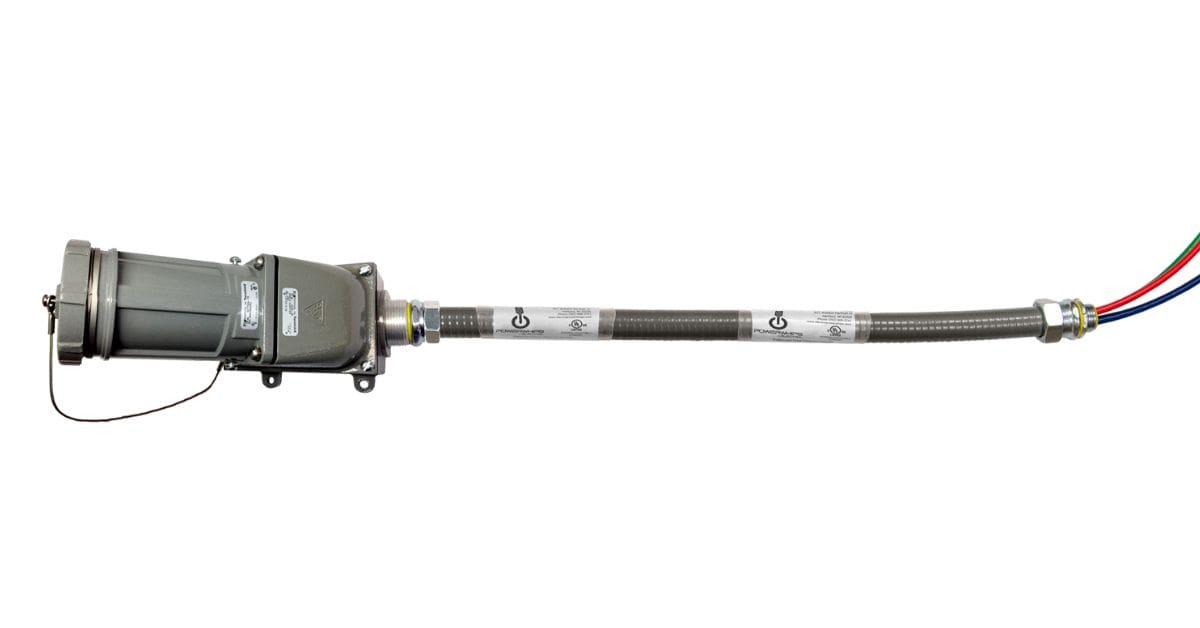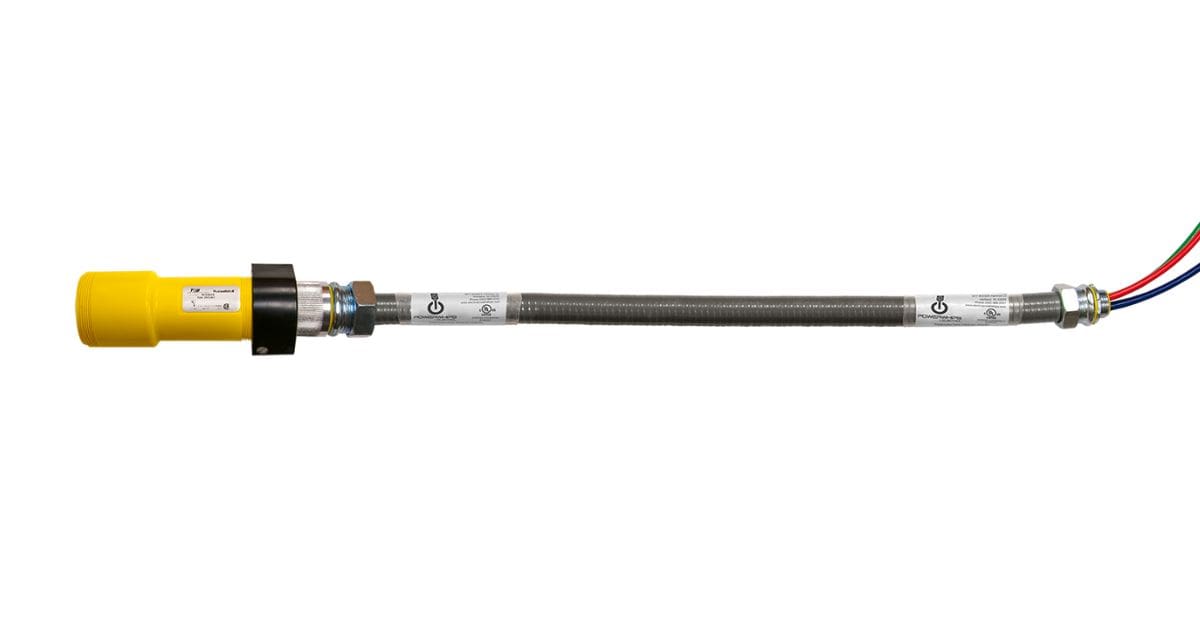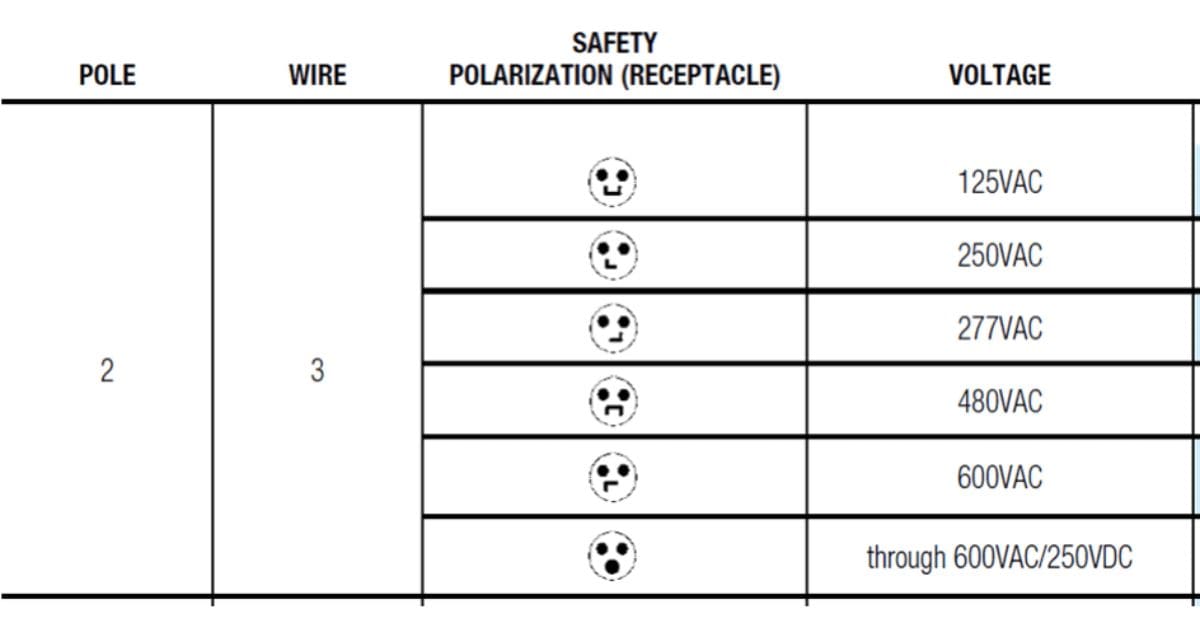
Russellstoll connectors are renowned for their durability and reliability. They are designed to meet the demanding needs of both industrial and commercial applications. However, their performance and longevity largely depend on correct installation. Any misstep in the installation process can compromise their structural integrity, decrease operational efficiency, and even pose safety risks. Read on as we reveal the installation mistakes that damage Russellstoll connectors and guide you on how to avoid them.
Failing To Follow Manufacturer Guidelines
Every Russellstoll connector is accompanied by detailed manufacturer instructions outlining its proper installation. Neglecting these guidelines is one of the most common errors. These connectors are engineered with precise specifications, and failure to follow recommended practices, such as torque settings or alignment methods, can lead to improper connections. Over-tightening or under-tightening screws, for instance, may put undue stress on components, leading to premature wear or even complete failure.
While generic electrical expertise is helpful, Russellstoll connectors have unique design features that require careful attention during installation. Operators should adhere closely to the manual to avoid costly mistakes.
Incorrect Cable Preparation
Cable preparation is a critical step in the process, yet it is frequently mishandled. Poorly stripped cables or incorrectly measured lengths can result in inadequate connectivity. If conductors are stripped too short, they may not fully engage the contact points, leading to weak connections. Conversely, overly stripped insulation exposes unnecessary lengths of wire, increasing the risk of shorts or electrical arcing.
Operators should also pay special attention to the type of cable they’re using to ensure it matches the connector’s specifications. Using an unsuitable wire gauge or poorly insulated cables can cause connectivity issues and reduce the connector’s capacity to function under demanding conditions.
Forcing Mismatched Components Together
Russellstoll connectors are meticulously designed to meet specific system requirements, such as amperage, voltage, or resistance to environmental stressors. However, a common and costly mistake occurs when installers attempt to force mismatched components together, often under the assumption that they will work regardless of slight differences. Forcing incompatible components together can lead to irreparable damage to the connector’s internal architecture, compromising its performance and longevity.
Even worse, the use of improper parts also puts the entire electrical system at risk. A single mismatch can cause interruptions and malfunctions and even pose safety hazards, leading to expensive repairs and downtime. To avoid these risks, it is essential to verify that all components are accurately matched before installation. This includes confirming pin configurations and voltage compatibility and ensuring that each part is suited for its specific application.

Disregarding Environmental Factors
Another overlooked area during installation is the environment. Russellstoll connectors are designed to withstand specific conditions, including high temperatures, corrosive substances, and exposure to water. However, neglecting to factor in the environmental conditions where the connector will operate can lead to faster degradation. Selecting the right connector for the environment and applying proper seals and gaskets during installation can extend its lifespan and ensure reliable operation.
Looking for a reliable and durable Russellstoll plug and powerwhips to power your equipment? Electrol Powerwhips has you covered! We specialize in providing high-quality, dependable electrical connectors that are built to last. Whether you need a solution for industrial applications or heavy-duty projects, our Russellstoll plugs are designed to deliver exceptional performance and reliability you can count on.
Improper Termination Techniques
Termination errors are other frequent causes of damage to Russellstoll connectors. These connectors are meticulously designed to create secure, low-resistance connections, but improper termination practices can compromise their performance. For example, using crimping tools that are not recommended by the manufacturer or failing to secure wires firmly within the terminals can result in loose connections. This, in turn, creates higher resistance points, which may lead to overheating or arcing during operation.
Additionally, inadequate inspection after termination can leave undetected issues such as loose wires or improperly crimped connections. These seemingly minor errors can escalate into severe performance issues, particularly in high-performance environments.
Overlooking Routine Maintenance
Even the most meticulous and well-executed installation cannot replace the critical need for regular maintenance to ensure the long-term functionality of Russellstoll connectors. Installation, while a vital first step, is not the final word in connector care.
Over time, various factors can impact the integrity of these connectors. For example, screws can loosen due to vibration or use, seals can wear down from environmental exposure, and materials can degrade under regular operational stress. These issues may not be immediately visible but can slowly compromise the performance of the connectors.
Without periodic maintenance checks, seemingly minor problems can develop unnoticed, eventually escalating into reduced functionality or even complete failure. Routine visual inspections can help identify early signs of wear or damage, while continuity testing ensures the reliability of electrical connections. Additionally, cleaning the contact points of the connectors on a regular basis can prevent dirt, debris, or oxidation from interfering with their performance.
Investing time in these maintenance practices can significantly extend the lifespan of Russellstoll connectors, guaranteeing their performance reliability and reducing the risk of unexpected failures. By prioritizing ongoing care, you can protect your investment and maintain the seamless operation of your equipment over the long term.

Neglecting Safety Protocols
Installation mistakes that damage Russellstoll connectors often arise from neglecting necessary safety protocols. For instance, failing to disconnect power sources before beginning installation poses significant risks to both the installer and the connector. Furthermore, the use of inappropriate personal protective equipment (PPE) or rushing installations in high-risk environments can lead to accidents and damage to equipment.
It’s crucial to follow all industry-recommended safety procedures, including verifying that connectors and equipment conform to regulatory standards. Safety gaps in the installation process not only put personnel at risk but can also invalidate system warranties or compliance certifications.
The Cost of Mistakes and How To Avoid Them
The cumulative effect of these installation errors often results in avoidable downtime, significant repair costs, and decreased equipment reliability. Beyond financial implications, improper practices compromise safety and operational efficiency, potentially leading to system-wide failures and reputational damage.
The best approach to minimizing installation mistakes is through thorough preparation and training. Educate your installers about the unique requirements of Russellstoll connectors by emphasizing adherence to the manufacturer’s guidelines, using the correct tools, and making informed equipment choices.
Ensuring Long-Term Value From Russellstoll Connectors
Understanding and avoiding common installation mistakes that damage Russellstoll connectors is essential to enhance their performance and ensure operational reliability. Proper installation practices, regular maintenance, and adherence to safety protocols are crucial for extending the lifespan and maintaining the functionality of these industry-leading connectors.
If you’re looking for reliable and durable connectors and powerwhips, contact our team today at Electrol Powerwhips. We’re here to ensure that your equipment operates at its peak and delivers the long-term value you expect.
